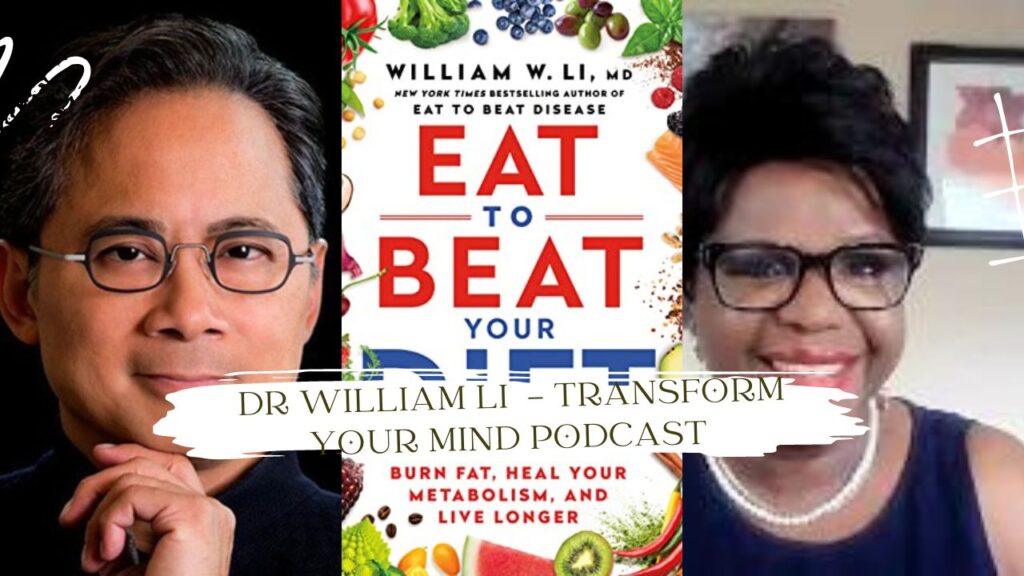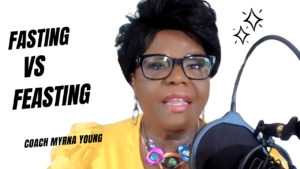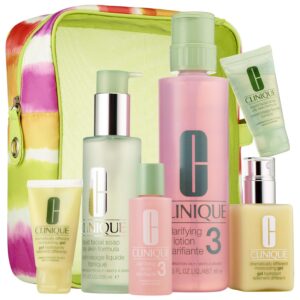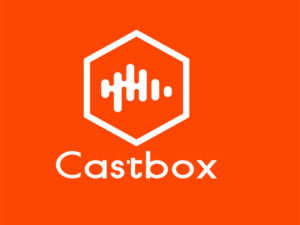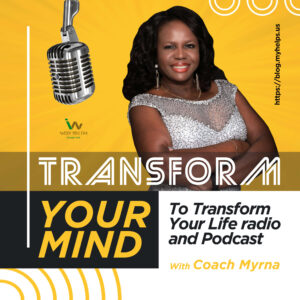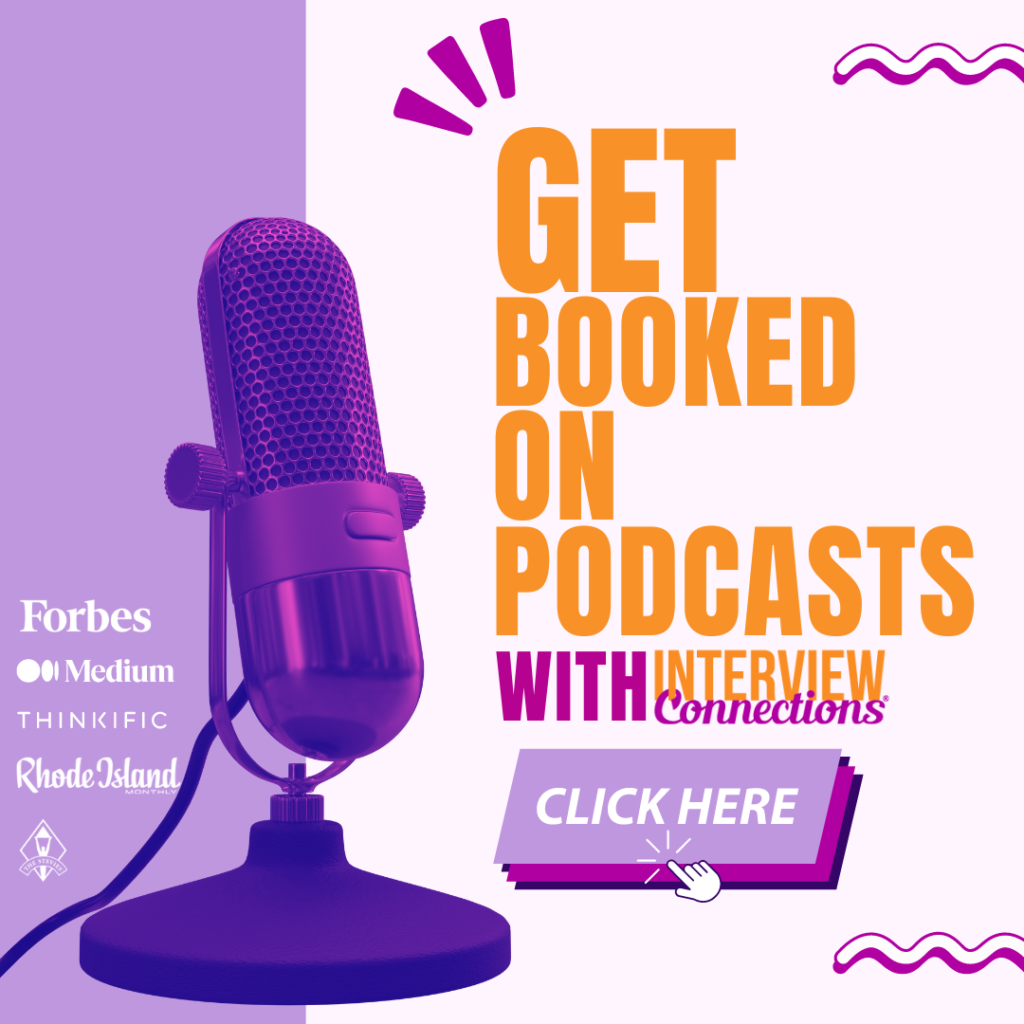Dr William Li, author of Eat To beat Your Diet, shares the fat burning foods we should add to our diet, to be able to burn away harmful, body fat. The fat that is wrapping around your blood vessels serves as fuel tanks for the energy that we eat in our food. You do not have to go on a restrictive elimination deprivation diet, all you have to do is to add certain foods to your diet, to be able to burn away harmful, body fat.
Brown fat, burns down, white fat, it fights bad fat. Eating food can help your good fat, fight bad fat. That’s kind of a mind-blowing concept. You can eat foods to, burn fat.
Download the podcast here:
Bio
Dr. William Li is an internationally renowned physician, scientist, and author of the New York Times bestseller, Eat to Beat Disease: The New Science of How Your Body Can Heal Itself. His groundbreaking research has led to the development of more than 30 new medical treatments that impact care for more than 70 diseases, including diabetes, blindness, heart disease, and obesity.
His TED Talk, “Can We Eat to Starve Cancer?” has garnered more than 11 million views. Dr. Li has appeared on Good Morning America, CNN, CNBC, Rachel Ray, and Live with Kelly & Ryan, and he has been featured in USA Today, Time Magazine, The Atlantic, and O Magazine. He is the President and Medical Director of the Angiogenesis Foundation, which leads global initiatives on food as medicine. His newest book, Eat to Beat Your Diet: Burn Fat, Heal Your Metabolism, and Live Longer, was released on March 21, 2023.
Myrna: Dr Li, I heard that our digestive system is unique, like our fingerprints so is that why each person responds differently to food?

We all come out of the box with the same amount of fat cells
Dr Li: What a great question Myrna, so basically, here’s what we know from the latest research. Our bodies are hardwired to work in a certain way, our heart beats in a certain way, our digestive systems work in a certain way, our brains, our eyes, our fingers and toes were all engineered to work in a specific way, it’s largely the same for everyone. Our fat cells all function a certain way. And I’ll give you an example of what I mean by largely the same.
If you and I went to our own respective computer stores to buy a laptop, the same laptop. All right, and we pulled it out of the box in our own homes, and we plugged it in booted it up. Okay the operating system of that laptop, if you’ve got the same model, should work exactly the same way as mine. But over time, I’m slaving away at my computer or you’re slaving away at yours. The way that our laptop functions, how efficiently and the speed is going to change.
I download a lot of stuff. I have a lot of documents, so I’m sure my computer is going to be slower than yours. But my point is that we all come out of the box the same way. But then individually we develop our own thing. So, our, digestive system, is hardwired to digest the food we put into our mouth. Our brain senses the food, our pancreas, one of our endocrine organs releases insulin. Insulin helps us draw energy out of our food. The energy is packed into our cells, including our, fat cells, and then the food trickles down through our small intestines.
We absorb all the nutrients; it keeps on tumbling further down. And guess what, it feeds our healthy gut bacteria, in our gut. Healthy gut bacteria are very important for overall health. And then finally, you know, we eliminate everything else, we put the poop everything else out. And that’s really how we’re generally hardwired. So, any deviation from that general pathway winds up being largely the result of who we are, how we live, things we are exposed to. And that’s the individualization. So, I’m telling you that we all actually are designed to work the same way, but we are all also individuals.
Sponsored Ad
When feeling stressed or anxious, it can be incredibly frustrating when someone tells you to meditate or do some deep breathing. Although these techniques can help at times, they often don’t actually solve the deeper issues behind our anxiety, stress, sadness, or anger. So, is there a better solution? Yes! Let me tell you about my new favorite mental health app NEUROCYCLE.
Neurocycle is the world’s first clinically-tested brain detox app. It’s a simple audio and video-guided program you do over 63 days to identify the root cause of whatever is causing you pain. I have been using this app for a few weeks now and I love the daily programs to detox my brain and rewire my neural networks. I especially love the exercises for the vagus nerve to promote emotional resilience, and stress relief.
The team behind NEUROCYCLE has spent over 30 plus years developing and testing this mind management system, to help patients who struggle with anxiety, depression, brain injuries, and so many other issues. OVER 1.5 MILLION people worldwide HAVE USED THE NEUROCYCLE program, including world-class athletes, speakers, authors, and celebrities. And, for a limited time, get 50% OFF your first month’s subscription with code TRANSFORM. Go to www.Neurocycle.app – and click on “access web version” to use promo code TRANSFORM so they know we sent you! This offer is only valid online.

Are tomatoes good for us
Myrna: In your book summary, you list probably about a dozen, fat burning foods, that we’re supposed to eat to burn fat, Eat to beat our diet. And right at the top there you’ve got, tomatoes, but Dr. Stephen Gundry says that tomatoes is not a vegetable. It’s a fruit and it is bad for us because it’s a lectin. So, tell us why did you put tomatoes at the top of your list?
Dr Li: Listen, I love tomatoes. First of all, my work is really focused on what are the foods that we should Add to our lifestyle to enhance our health. There’s a lot of people out there who are very well intentioned and very smart, but they focus on things to cut out of your life. Tomatoes are not one of them. That is why I wrote the book “Eat to Beat Your Diet.”
There was a study called the Harvard health professional study that looked at 35,000 men over 25 years. And what they found when they measured tomatoes that people were eating, they found that men who he ate cooked tomatoes, two to three times a week, lowered the risk of, prostate cancer, by about 30%. So, tomatoes are one of the, foods that prevent cancer.
Sponsored Ad
Gamers Level up without emptying your wallet. Get Mundus gaming at half price. Our secret shared accounts save big on PlayStation, Xbox and Nintendo Switch games.
Use radio10 for 10% off.
24/7 support and Lifetime Guarantee.
Game confidently at Mundusgaming.com

Tomatoes are foods that starve cancer
The reason is because tomatoes contain a natural chemical found in nature called, lycopene. Lycopene, naturally, is very beneficial because when we eat it, it goes into our body. And one of the things that lycopene does in our body is it prevents cancer cells from being able to get its own blood supply. So, it literally cuts off the blood flow that might be feeding a cancer. So, you’d starve the cancer by eating tomatoes.
Okay. Lots of plants have hundreds of, lectins. And it’s true, some that are extremely poisonous, but none of those poisonous ones are in, tomatoes.
Myrna: Wow, that is why tomatoes are at the top of your list. It is one of the, foods that prevent cancer. I have sautéed tomatoes with onions and chickpeas in my fridge right now!
Dr Li: By the way, chickpeas, which are also incredibly nutritious, a good source of protein, good source of dietary fibers, that’s a good polyphenol in it are another metabolism activating food that is really healthy. So, when you talk about you know putting tomatoes with chickpeas and onions, that is really healthy. Onions have a natural substance in it called quercetin. Quercetin activates your metabolism it helps burn harmful body fat as well.
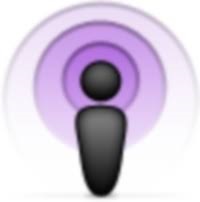
Sponsored Ad
Journy: Life Goals & Self-Care app is a personal growth and self-care app that helps you create goals and track your progress. Journy provides a daily devotional with educational and inspirational content. Journy allows you to save goals and use Affirmation Meditations to affirm your personal progress.
Save personalized notes on categories of learning and improvement, easily watch educational content across a spectrum of categories with recommended reading. There are also routines in the app to help with planning and organizing.
Journy: Life Goals and Self-Care app seeks to help people of all walks of life in their everyday life to maintain a sense of control, through organization, personal development, and self-care while creating a sense of community through volunteering by giving a portion of your $4.99 monthly or $29.99 annual subscription to Kids-in-need foundation and refugees in need. Download Journy: Life Goals & Self-Care AP on Apple App store or Google Play Store, now!
iOS link
https://apps.apple.com/us/app/journy-life-goals-self-care/id1640697055
Google play link
https://play.google.com/store/apps/details?id=com.affirmedme.journyApp&pli=1

Should we fear fat?
Myrna; I absolutely love it. I heard you talk about Fat. Should we fear fat?
Dr Li: So, all of us have stepped out of the shower in the morning, looked out of the corner of our eye in the mirror and you see a lump of fat or a bump that you don’t want to be there, right. So, what do you do immediately? You’re like, Oh, I gotta work out. I gotta eat better. I got to do it. The next thing you do you step on a scale. Right? And if that number isn’t the exact number you’re hoping for, it makes you mad. Now, it’s not just in the shower, but in the grocery store at the meat counter. If you see a big thick rind of fat around a steak or something you go I am not going to eat that.
Myrna: So even if you buy it, you cut it out.
Dr Li: But here’s the bottom line. This is our adult reaction effect, but you know there’s another adult reaction effect. What happens when we see a baby we smile, we love seeing fat babies.
Myrna: That is exactly where I am right now. My daughter just had a preemie baby. And I would love for her to be fat!
Dr Li: Well, wait a minute, obviously fat cannot be all bad, maybe the adult reaction is just the wrong instinct. It turns out, our, body fat, was created when we were still in our mom’s womb. One of the first tissues that form is our blood vessels, and that’s what I studied blood vessels. Why? Because every organ and every cell in the body requires blood flow, needs nutrients. Okay, that makes a lot of sense the next tissue that forms is our nerves, and the reason is that every organ ultimately would need instructions and nerves. The next tissue is our, Fat cells, called, adipose tissue, or adipose cells.

Fat cells serves as the fuel tank
Fat cells, that form in the womb resemble a piece of bubble wrap. Every little bubble in bubble wrap is a, fat cell, and this fat is around blood vessels. The fat is wrapping around because it serves as fuel tanks for the energy that we eat in our food. So, let’s park the fuel tanks of fat right next to where the fuel is coming from and our blood.
Here’s exactly how our body works. This is a simple way for everyone to understand, metabolism. Our metabolism is how our body that gets fuel from into our, fat cells. And the fuel that we have comes from food. We eat the food there’s fuel our metabolism picks up fuel puts it into the fuel tank and when our fuel tank starts running on empty, we pull over to the dinner table.
We pull over to the refrigerator or to the restaurant or the pantry. Okay, and what we’re doing like choosing the food that we eat, we’re actually giving ourselves energy and filling up our tanks. Now two things. Know that you can actually fill your car your engine with better quality gas versus really poor-quality gas.
When you use high quality gas, you know that your car is going to run longer and better more efficiently over a long haul. That is basically the same analogy as food when we choose a good quality fuel food. It’s good quality fuel for our body, our engine is going to run better, if you deliberately choose poor quality foods our body will not run as good. So again, the quality of the of the fuel of the food that we eat makes a big difference.

Your metabolism is derived from the quality of your food
You’ve also got to make sure you don’t overeat. You’re filling up your fuel tank and there is no clicker like at the gas station. When you overeat, inflammation sets in and now you’ve got inflamed fat that’s on the fire and that inflammation leaks out and it’s all over your body. Now your whole body’s inflamed and that’s what sets us up for chronic disease.
So, the good news, I kind of just giving you some bad news, fat burning foods, will help us burn down the extra fuel stored in our fuel tank. And that is really why I call my latest book “Eat to Beat your diet.” You do not have to go on a restrictive elimination deprivation diet to add to your diet to be able to, burn fat, away harmful, Right? It’s more joyful to know what are the foods that, burn fat, that you should add to your diet?
Myrna: How does, intermittent fasting, play into this fat burning system? I had two or three guests on the show, talk about, intermittent fasting. I am doing it myself right now. And I’m working with a 15-hour, intermittent fast. My question is that I heard you say a 12 hour fast is almost as beneficial as a 15,16, 24 hours fast. Can you explain why that is?

Intermittent fasting is not a new thing
Dr Li: Well, look I mean the there’s a new scientific metabolism that helps explain why, intermittent fasting, is beneficial. Intermittent fasting, isn’t just sort of this newfangled fad or trend that somebody came up with that lots of people are following now. It’s the most natural thing and who we are as a people. If we fast for 16 hours and eat for 8 hours, we will lose weight, our body will reset, our metabolic markers will improve. All of that, but since 16 hours without food is so hard for everyone to do, I say a 12 hour fast is more manageable and give you the same benefits.
Myrna: Tell us about your book “Eat to Beat your You Diet: Burn Fat, Heal Your Metabolism, and Live Longer. We talked about everything except living longer. But we know that when we put good fuel in our body, then we live longer. So why did you write the book? Tell us what you want readers to walk away with after reading, your website, your social media handles, etc.
Di Li: Thank you very much for that for allowing me talk about my book. So, we already talked a lot about the things that are in my book, but I’ll explain. When you get my book, It’s in three parts. The first part tells you these amazing jaw dropping things, that caused my jaw to drop, and my eyes to open about our metabolism. So, here’s just a couple of teasers for you. We are not born with different metabolisms; we’re not born with a faster or slower metabolism. Turns out our metabolism doesn’t automatically slow when we hit our 40s and 50s and 60s. Amazingly, our metabolism from the age of 20 to 60 is rock able.

Our metabolism does not slow down with age
That’s how we’re designed, our operating system is designed in our adult life to be completely stable. And so, what happens is that not that a slow metabolism causes us to gain weight. It’s gaining weight and growing extra, body fat, slows down our metabolism. You’re not cursed with this. You have a tendency to make a decision to use food, use fasting, use your lifestyle to, burn fat. When you burn away the extra fat, you lighten up your body. What happens is your natural operating system your metabolism naturally rises to the surface.
You are in charge of your metabolism because it’s hardwired. It’s like putting an anti-virus program into your computer so that your operating system can work again. That’s powerful. That’s very, empowering. And that’s a section in my book and then talking about some really interesting parts of that.
Did you know that fat comes in different colors? Fat is brown or fat is white. Those are the two colors. White fat, is lumpy, bumpy, wiggly, jiggly. It’s the stuff on your arms, under your chin. White fat is the muffin top. Okay, it’s on your thighs. It’s on your butt. That’s the stuff that most people see. Because it’s under the skin, subcutaneous tissue.
But the stuff you can’t see, that’s also, white fat, and some stuff that’s packed into your body. This fat is called, visceral fat, visceral meaning gut, gut fat. And that’s why when you actually gain weight, your waist size increases. That’s a lot of, gut fat, but you can burn it off it with foods I talk about in my book.
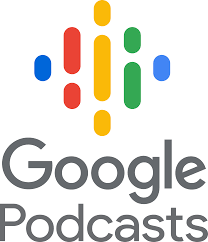
Brown fat vs White fat
The other kind of fat, the good kind of fat is not lumpy, bumpy wiggly, generally. It’s called, brown fat. And in this case, Brown fat, is the kind that you want because it is paper thin. And you’re like, What? What are you talking about? Fat is thin? Yes, It is like a piece of paper and it’s not close to the skin. It is close to the bone. All right, and where is it located? It is plastered on the side of your neck. It’s underneath your breastbone. It’s around under your arms like a girdle and a little bit behind your back, and a little bit in your belly. And what, brown fat, does is ignites; it lights up fat like a space heater.
But so will foods like, chili peppers, tomatoes, pomegranate juice, avocados, beans, chickpeas, all these foods I talk about in my book. Brown fat, burns down, white fat, it fights bad fat. Eating food can help your good fat fight bad fat. That is that’s kind of a mind-blowing concept. You can eat foods to fight fat. So, this is why I called my book “Eat to Beat Your Diet.
Now the middle of the book is actually me taking you grocery shopping. And the way that I wrote is, I imagined you the reader sitting in my grocery cart, the way you used to sit in your mom’s grocery cart as a kid. In this case, I’m pushing you in my grocery cart and I’m whispering in your ear as we go around the grocery store. What’s good for your metabolism, what, foods burn fat. We go through to the produce section. We pick up the avocados, and bell peppers we pick up the Bok choy, we pick up the onions etc. I write about 150 foods you can find in the grocery store at any budget.
The last section of my book, the third part is really me coaching you how to adapt this to your everyday life. I give you kind of guidelines and some tips on how to do it and the most important thing is to personalize it for yourself make it work for you.
You can pick up a copy of my book in any book store or on my web site www.drwilliamli.com all my social media handles is @drwilliamli. If you head to my website, you can sign up for my free newsletter where I give you tips about food and recipes and any research that I’m doing.

